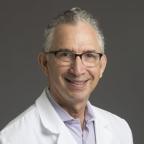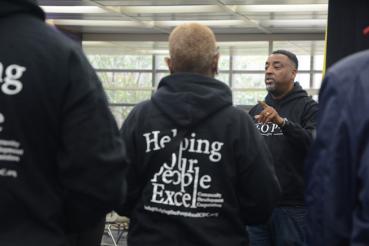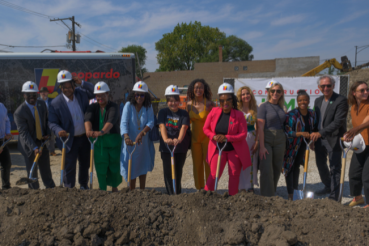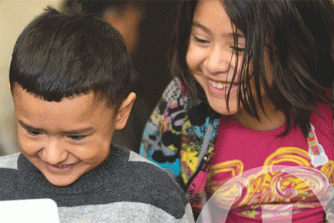Inequity is one of the most significant boundaries limiting our community members’ health. The diseases and chronic conditions we treat often stem from social, economic and environmental factors. To achieve health equity, we must eliminate unconscionable disparities in health outcomes through sustainable, measurable advancements for our patients and communities.
We want to work with you to create that change.
Our plans? Rush will lead the way by improving access to not only health care but also employment opportunities, education, safe housing, nutritious food, mental health support and more — key factors in longevity and quality of life.
We can’t do this important work alone. With your partnership, we will address the root causes of health inequities, so the individuals, families and communities we serve can thrive.
Will you join us?
Health Equity Without Boundaries: Closing the Gap in Longevity and Quality of Life

The Boundaries We’ll Break
Together, we can fuel solutions that improve health for everyone. Here are the opportunities where your philanthropy can make the greatest impact:
- Community Clinical Care: Deliver culturally competent, accessible health and social care when, where and how people need it — in our communities' schools, homes, shelters and gathering places.
- Community-Based Education and Career Pathway Programs: Build wealth and health for people who live in disinvested neighborhoods through education and health care career pathway programs.
- Community Engagement Programs and Partnerships: Lead innovative programs and strengthen community partnerships that target inequities, from addressing food and housing insecurity to hiring local residents as community health workers.
- Health Equity Research: Give voice to those whose health is most affected by unequal access to resources by expanding clinical trials and strengthening research partnerships with community members and organizations.
- RUSH BMO Institute for Health Equity: Through the institute, unite diverse stakeholders to collaborate and advocate at the local, state and federal levels for laws and regulations that create an equitable future.
Gifts of any amount to any health equity program help us achieve our mission to give everyone the chance to live long, healthy, fulfilling lives.
Give to Rush University Medical Center Give to Rush Copley Medical Center
Why Rush?
- As one of the first academic health systems to make health equity a strategic priority, Rush has been recognized by TIME and The New England Journal of Medicine as a national model for health equity work.
- Rush is a founding member of the Healthcare Anchor Network, a national collaborative of health systems leveraging hiring, purchasing, investing and other key institutional assets to create equitable local economies that sustain healthy communities.
- A gift from BMO Financial Group established the RUSH BMO Institute for Health Equity in 2021. By providing resources to coordinate and scale our efforts, the institute ensures the solutions we develop deliver the most value for everyone.

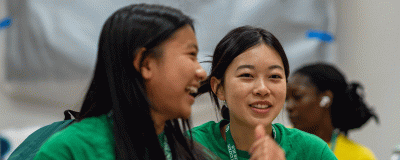
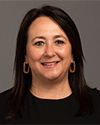 Interested in discussing how you can make a difference in our local communities and beyond? Contact Michelle Boardman, senior director of development, at
Interested in discussing how you can make a difference in our local communities and beyond? Contact Michelle Boardman, senior director of development, at 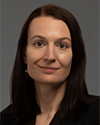 Is your organization interested in partnering with Rush to change lives in our communities and advance the science of health equity? Contact Sophia Worobec, executive director of corporate and foundation relations, at
Is your organization interested in partnering with Rush to change lives in our communities and advance the science of health equity? Contact Sophia Worobec, executive director of corporate and foundation relations, at 